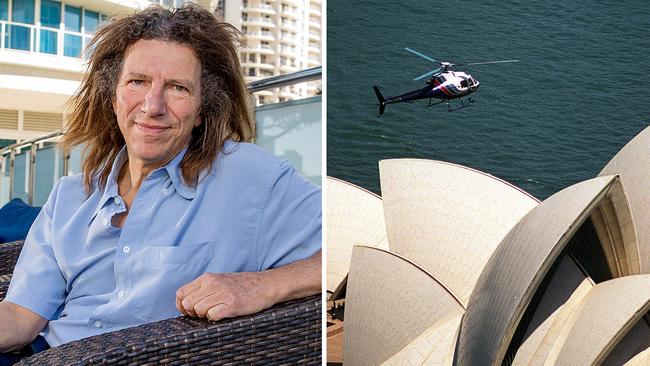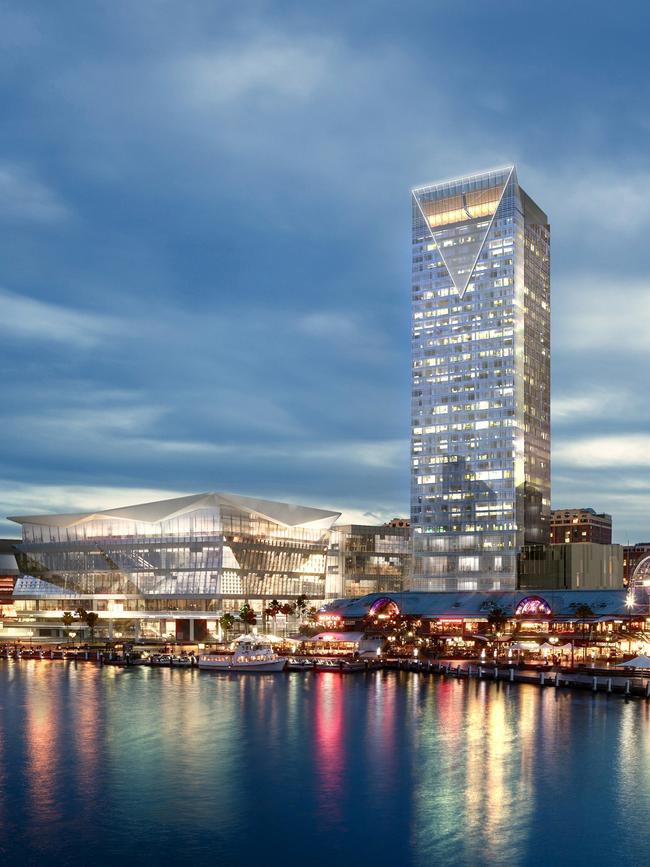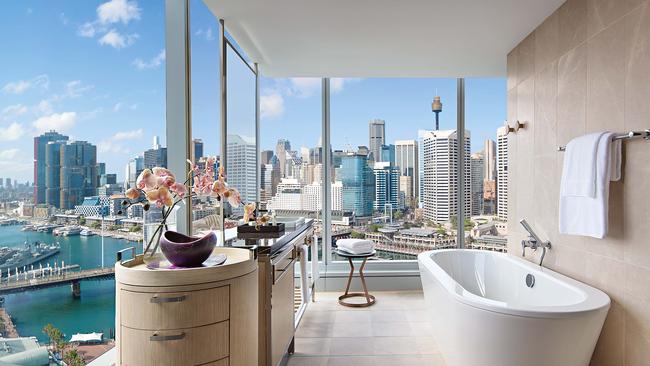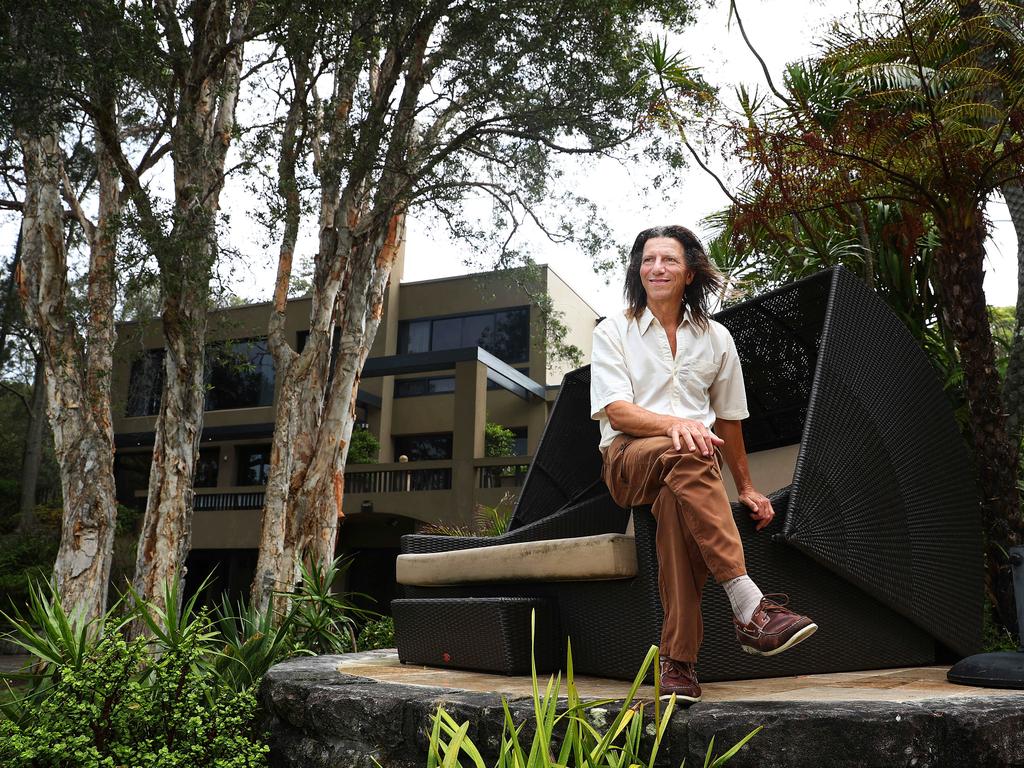Dr Jerry Schwartz pushes for helipad to help revive Sydney CBD
Dr Jerry Schwartz is attempting to develop a helipad atop his 38-level hotel in Darling Harbour to support tourism and business.

Hotelier Dr Jerry Schwartz is attempting to develop a helipad atop his 38-level hotel in Darling Harbour, arguing its construction will help revive the Sydney CBD economy.
Dr Schwartz, who controls 15 hotels in NSW and Queensland, claims the permanent helipad atop his Sofitel Sydney Darling Harbour will help revive Sydney’s economy as well as its struggling tourism sector.

It would involve building a new structure on the roof of the hotel, adjacent to the International Convention Centre.
A heliport operated at Darling Harbour in the 1980s and since then, tourism and business bodies have called for the restoration of a CBD helipad to service the city’s high-yielding convention and business sectors, he claims.
Sydney’s only major public helipad services are located at Bankstown and Mascot, but heavily congested roads make them impracticable solutions for fast transfers to the Sydney CBD.
“Given the devastation to Sydney’s tourism and business economy as a result of coronavirus, there is no better time to introduce the concept of a CBD helipad to help revive the city’s economic fortunes,” Dr Schwartz said in a statement.
“The world’s great cities – such as London, Paris and New York – have CBD helipads, and even Melbourne offers city helicopter transfers to the River Yarra helipad.
“We would envisage that world leaders could arrive at Sydney Airport and be flown direct to the Darling Harbour Helipad to make a keynote address at the International Convention Centre.”
Dr Schwartz said the proposed rooftop helipad would be classified as an “aircraft facility” under the Environmental Planning and Assessment Regulation (2000).
The EIS process will include extensive consultation with local residents, businesses and other stakeholders. In anticipation, the project team had already begun talking to relevant industry stakeholders about potential impacts.

The proposed flight path will be finalised after consultation with appropriate regulatory and air traffic control authorities. It is envisaged that the flight path will be developed based on the flight lanes of existing helicopter trips around the Sydney CBD and between Sydney Airport.
Noise impacts from the operations of the helipad including approach and landing, idling and take off would be assessed.
“Helicopter flights around the Sydney CBD are frequent and many already use the flight path proposed for this helipad,” Dr Schwartz claimed.
“The city has had a helipad in the past, so we are not proposing anything that is dramatically different, but its construction can play a significant role in reviving the city’s economy in the wake of the devastating impact of coronavirus,” he said.








To join the conversation, please log in. Don't have an account? Register
Join the conversation, you are commenting as Logout